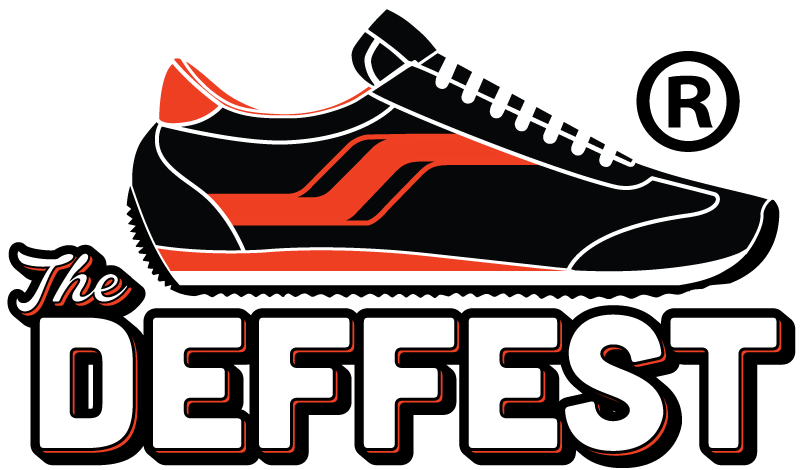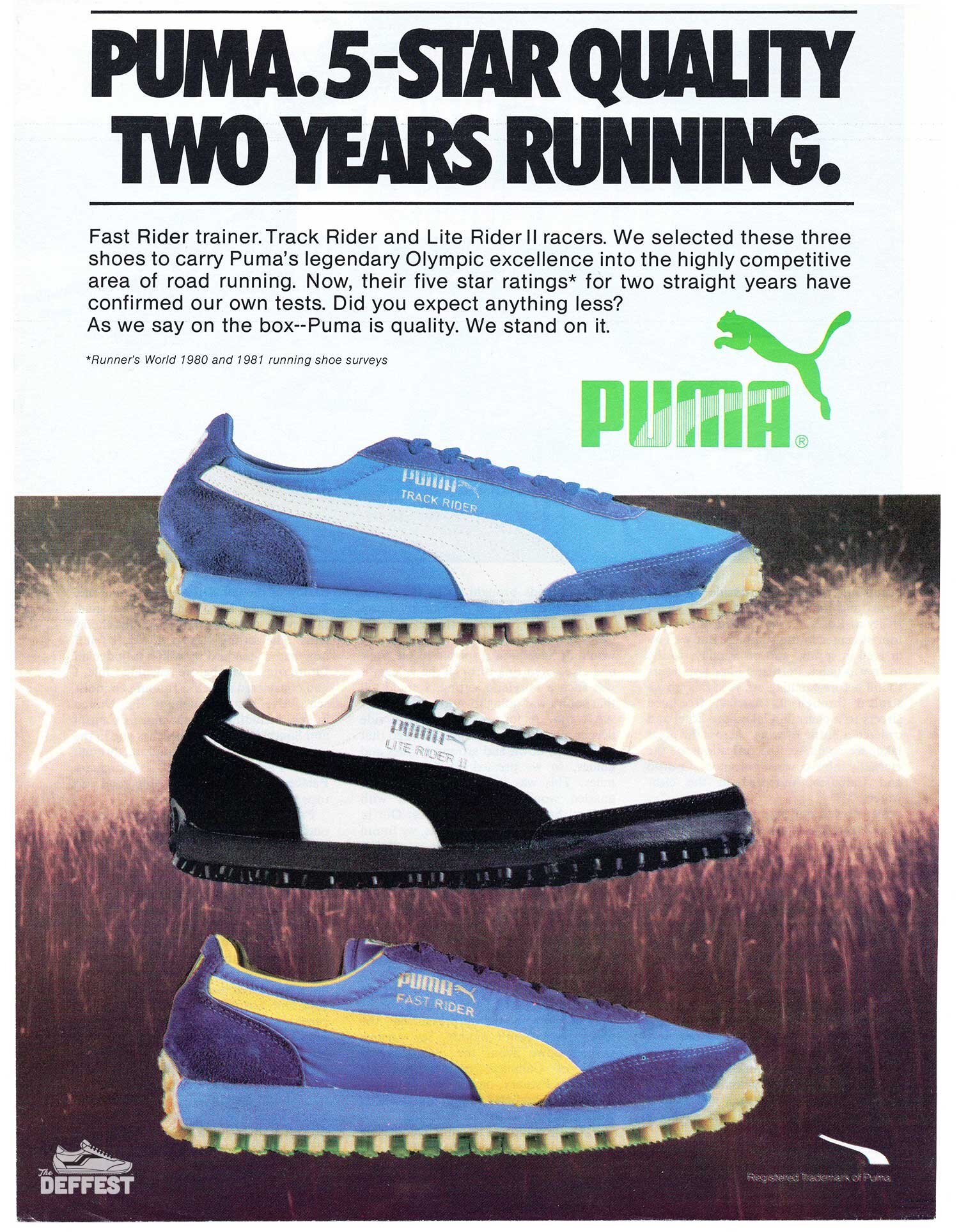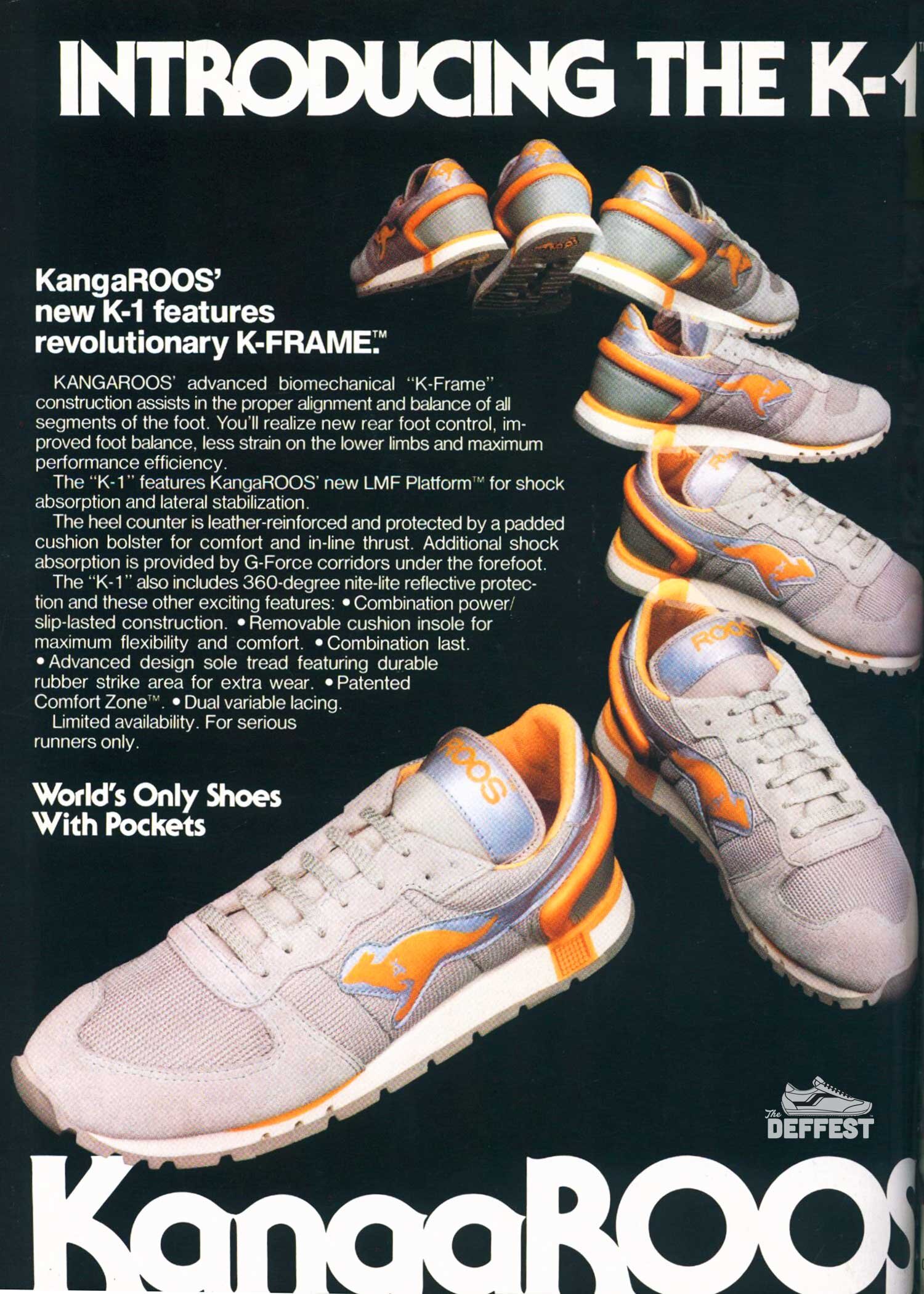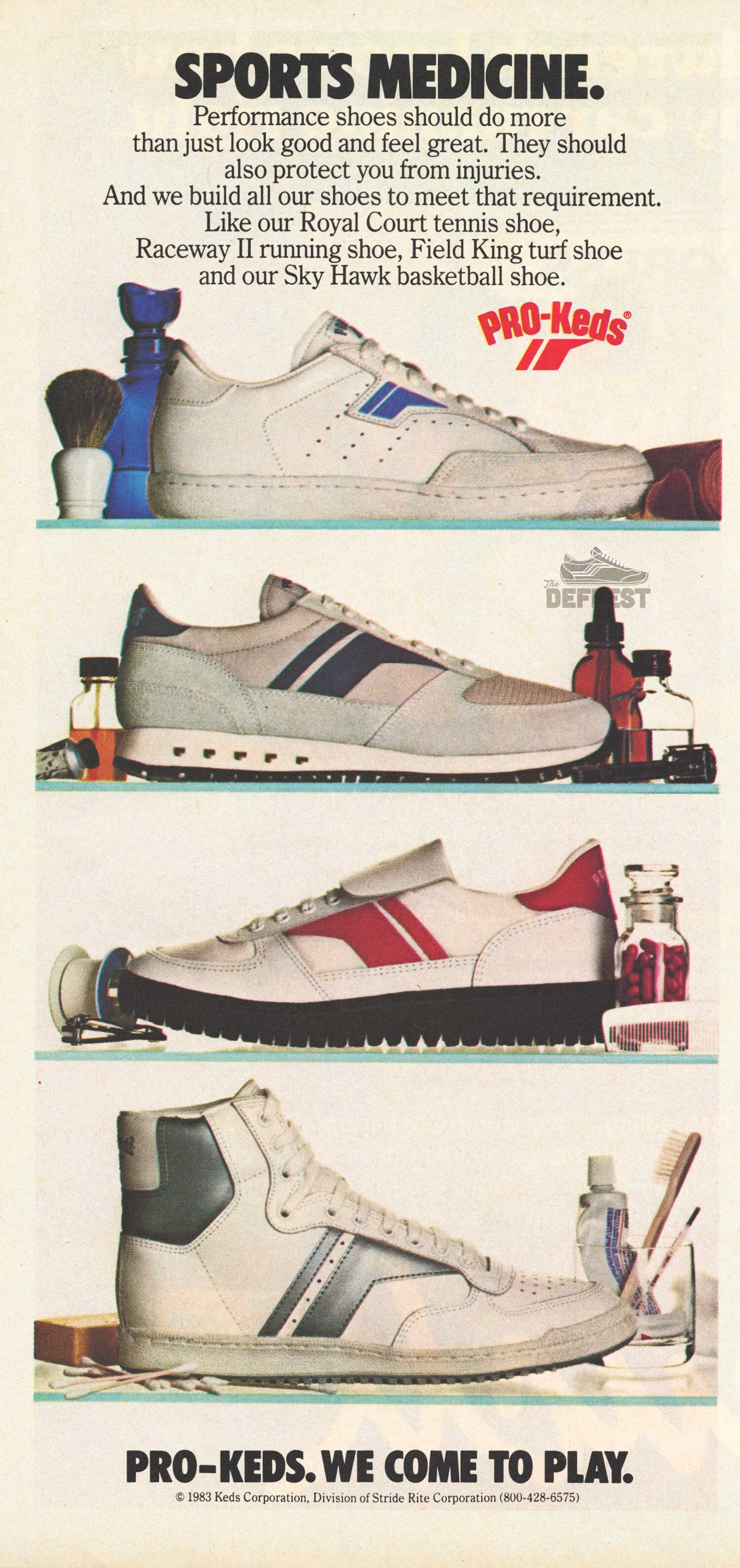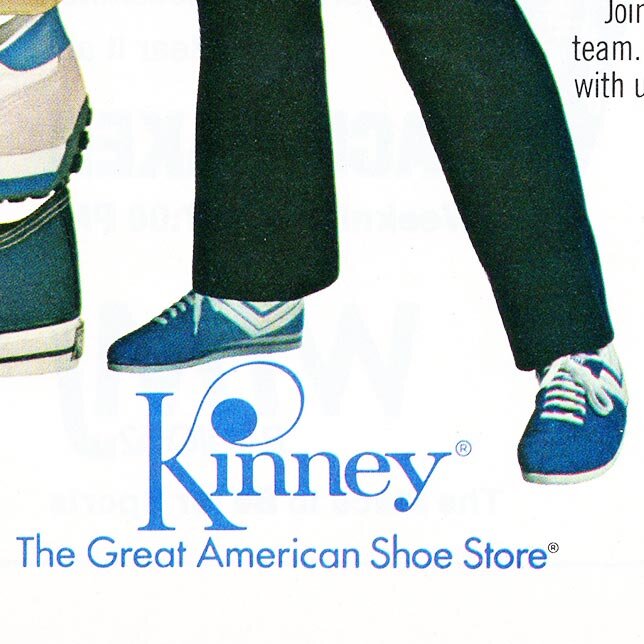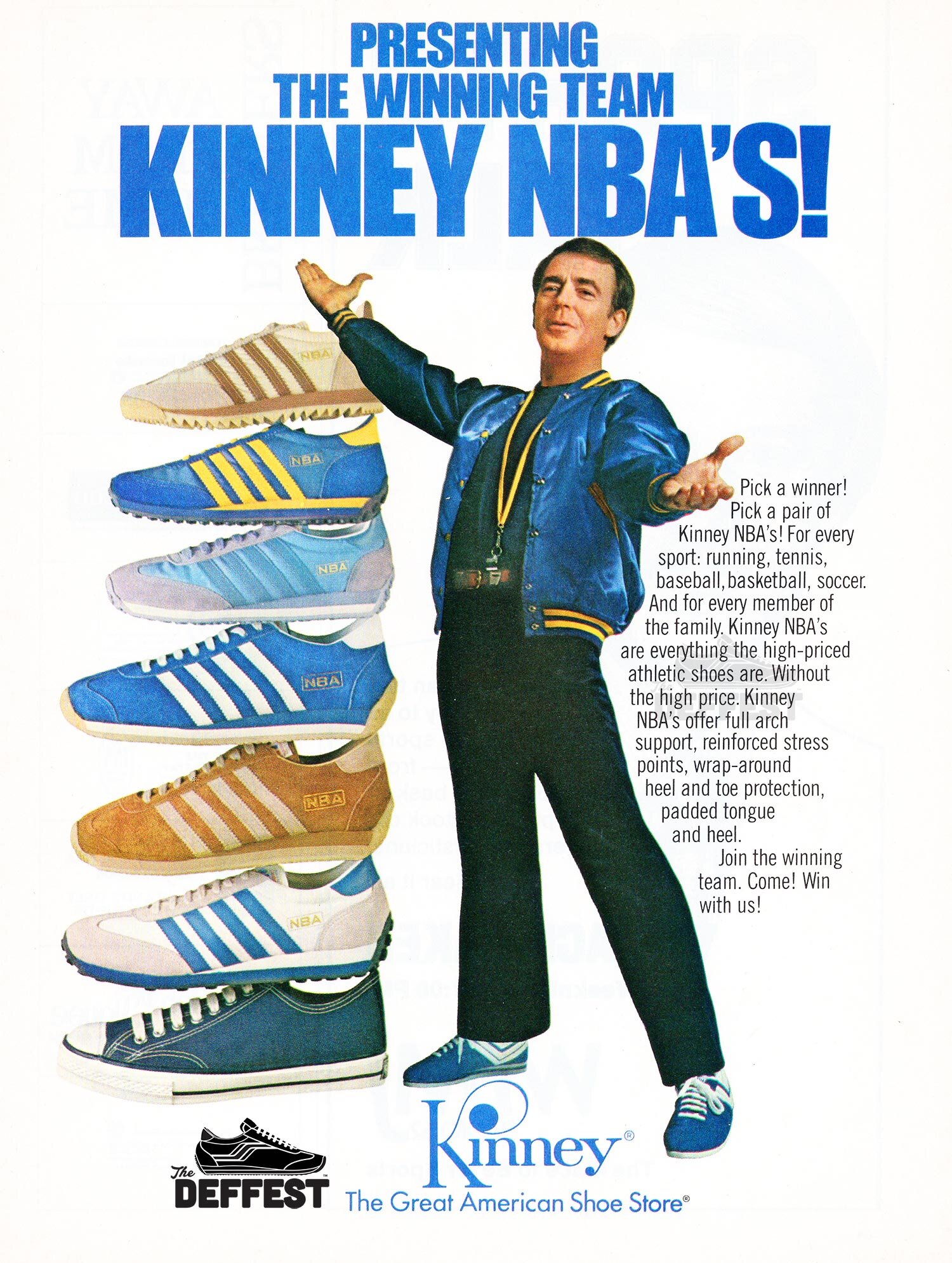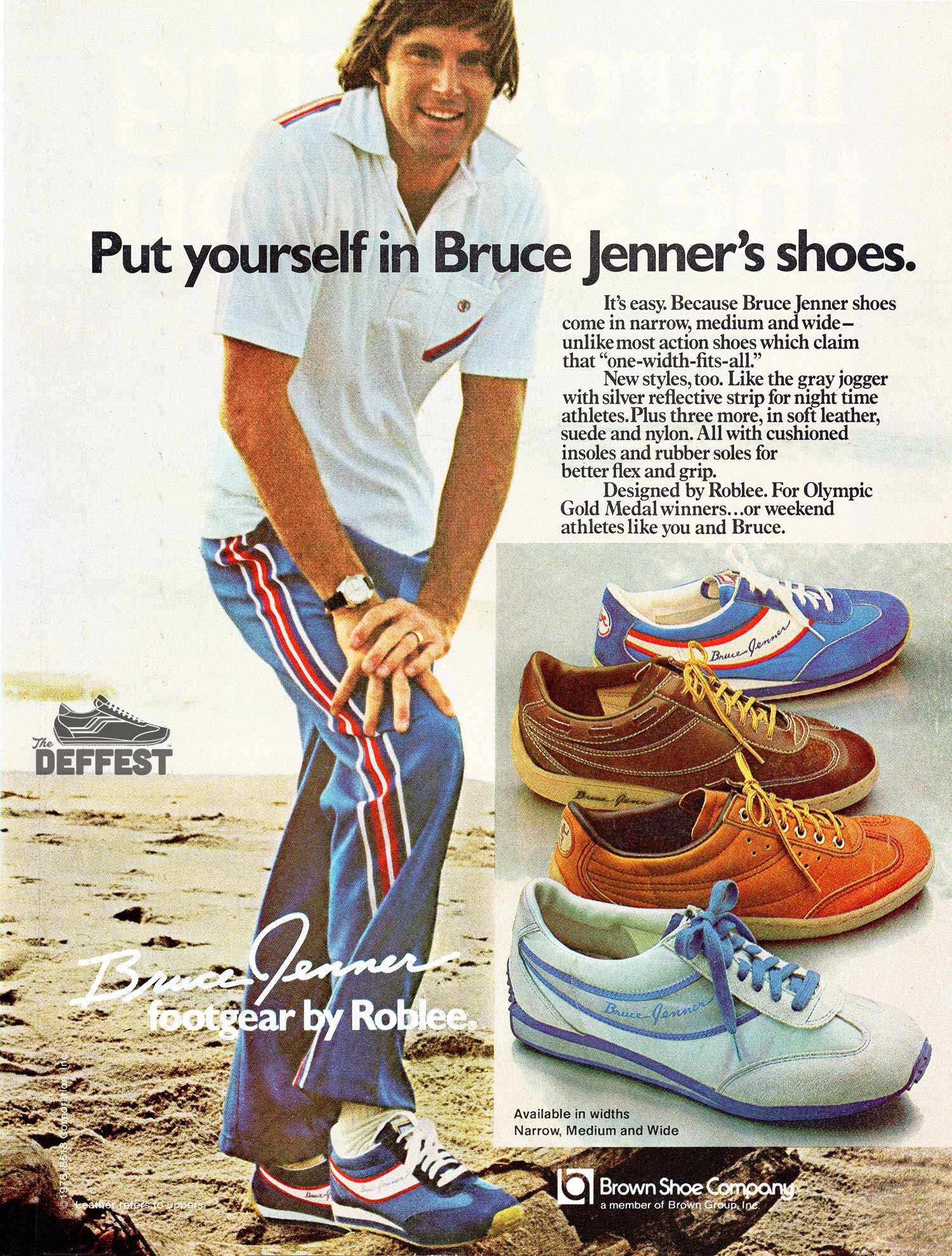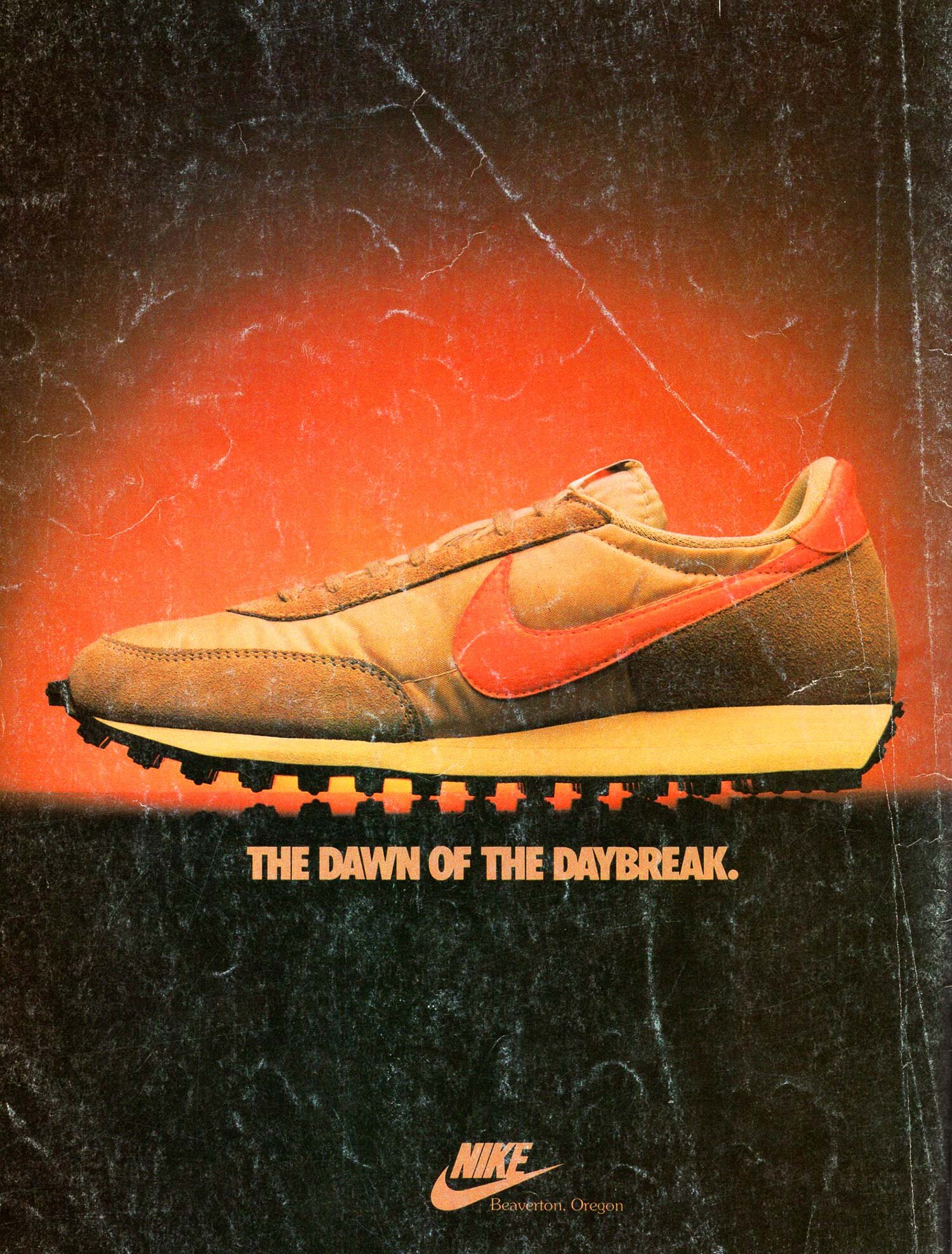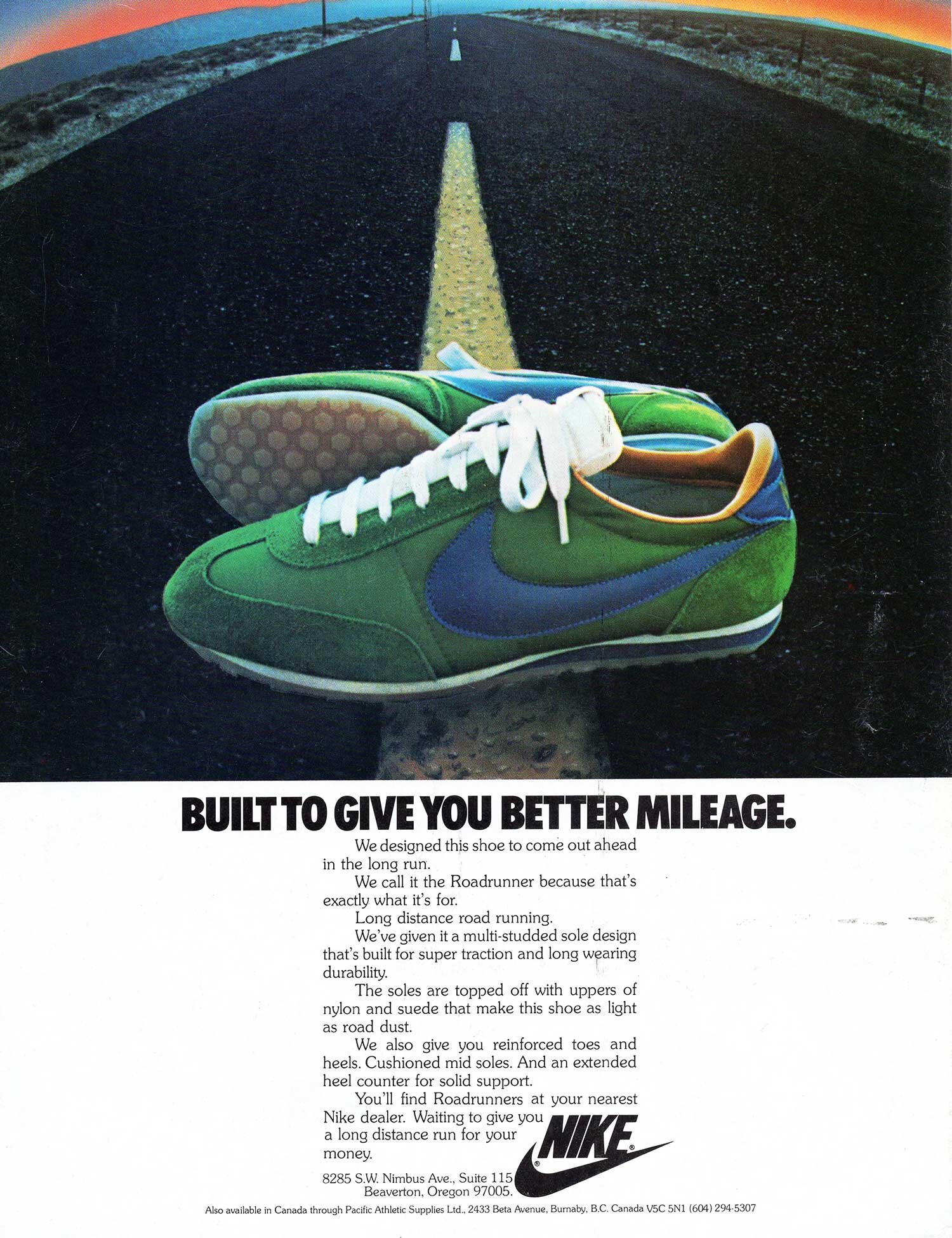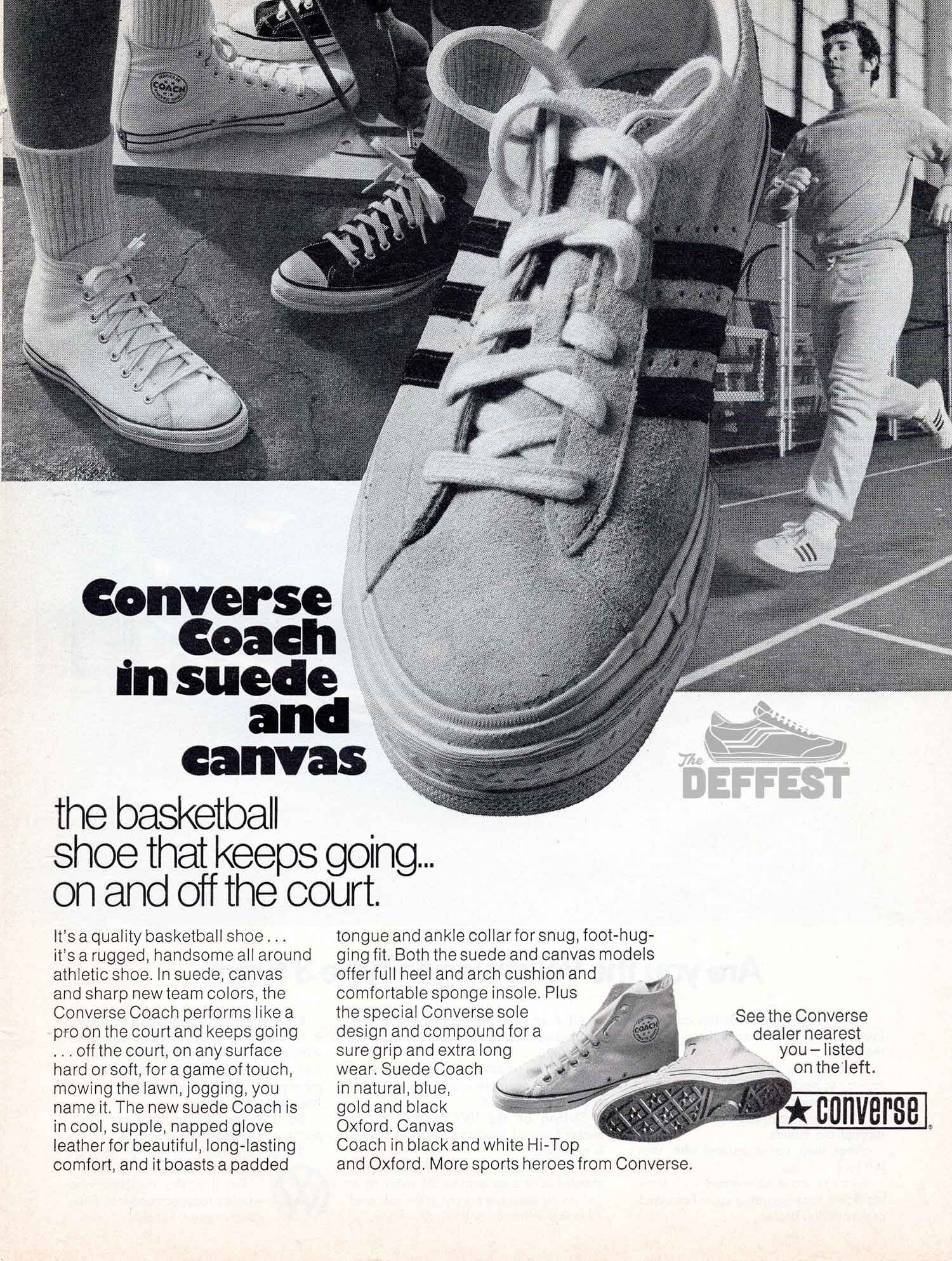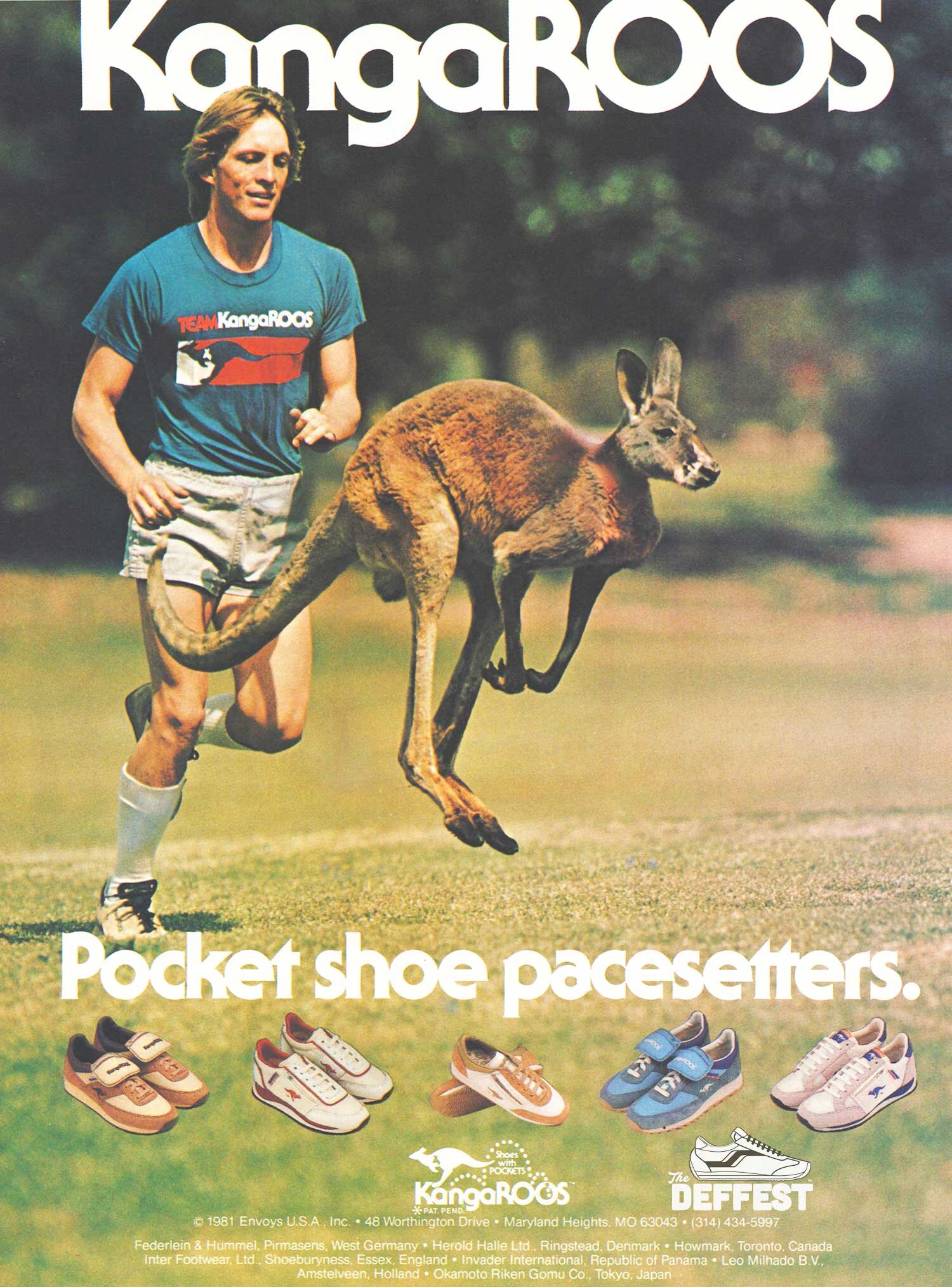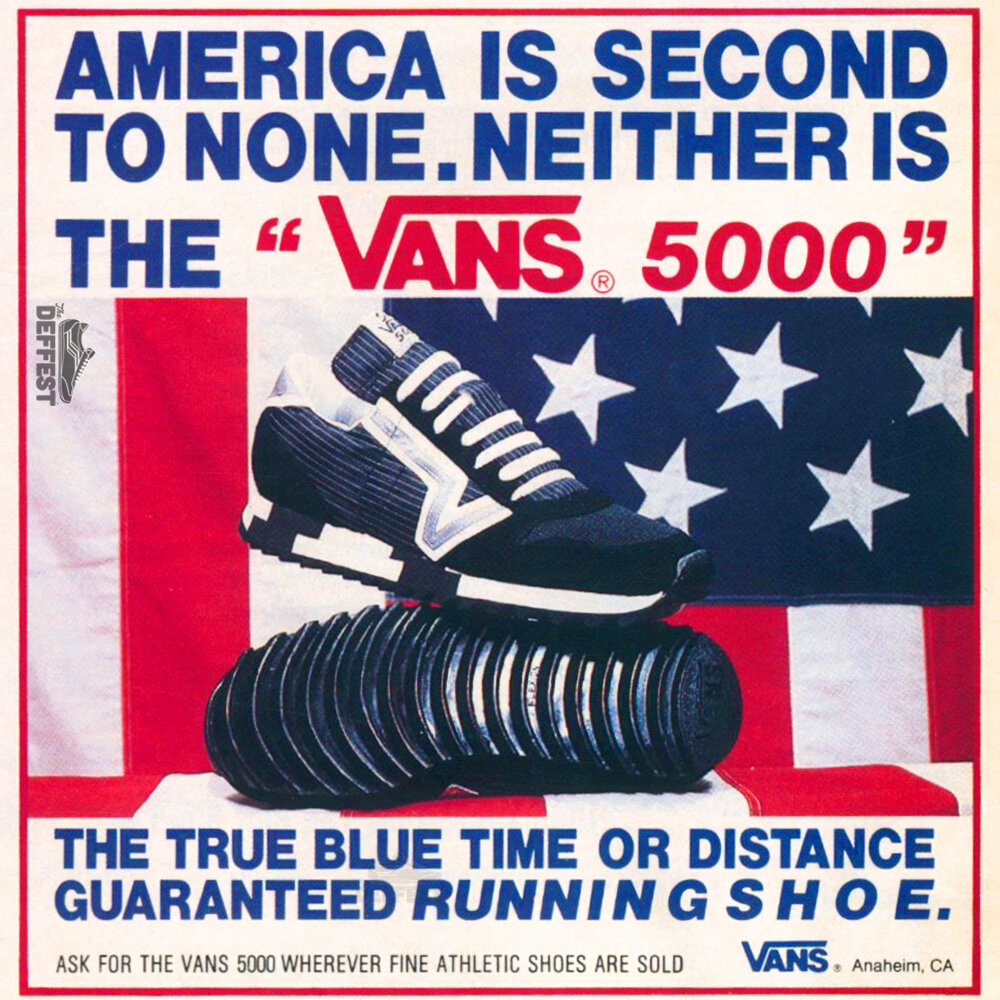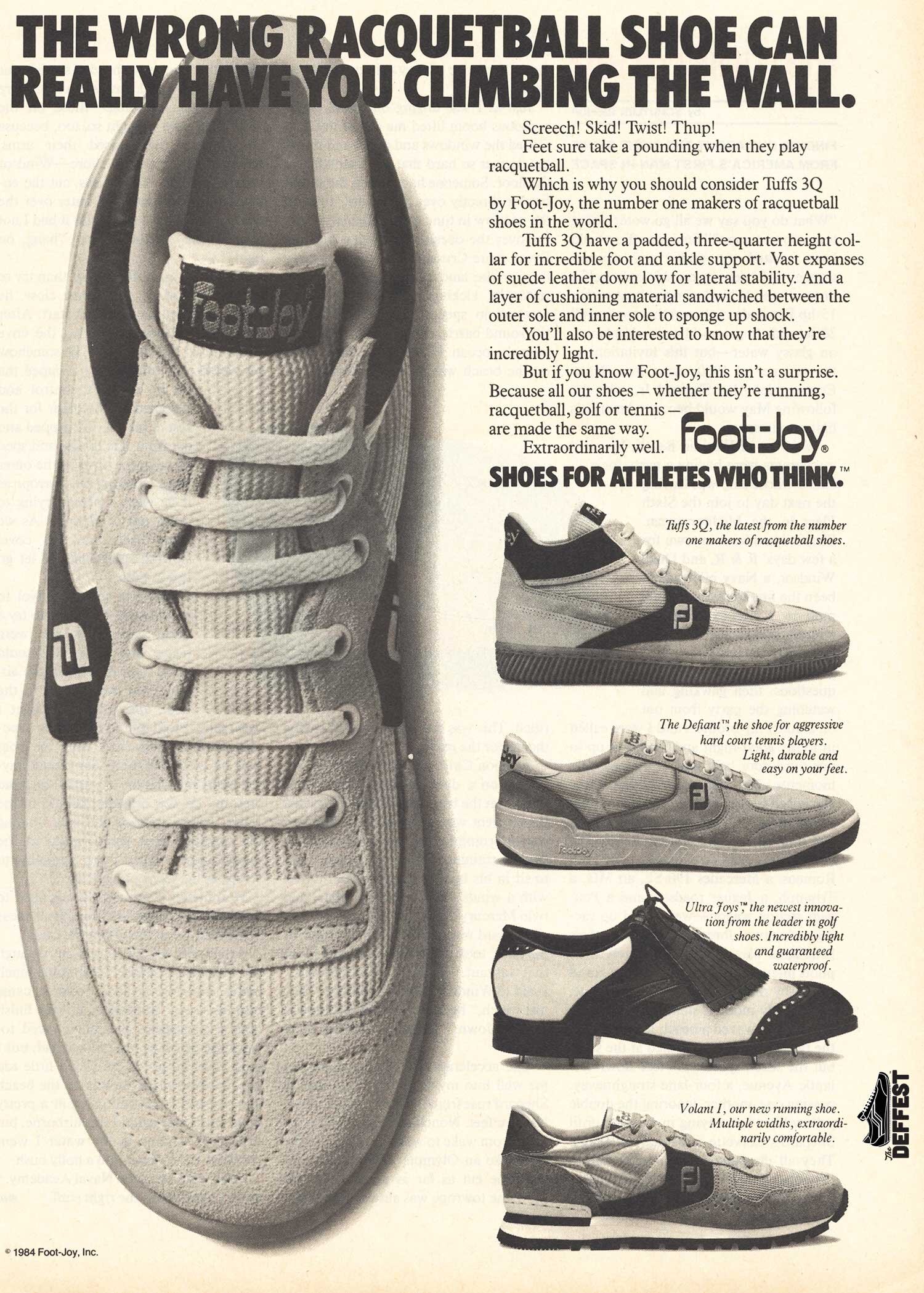Here’s an old school vintage ad for the 1981 Puma Easy Rider model running shoes. In this ad Puma takes you through the importance of the shoe last construction. This original vintage Puma Easy Rider sneaker print ad is available at our web store Rewind Running.
Ad info is below:
ARE RUNNING INJURIES NECESSARY?
Nobody has to tell a serious runner that his feet and legs (and hips and back) take a beating. Nobody has to tell him or her that ifs important to have good shoes. But PUMA thinks it's time someone told the serious runner about an elemental and crucial step in the building of running shoes that running shoe companies have been hesitant to discuss.
Running's Best Kept Secret: The Last. Every shoe starts with the last. It's also called a mold. But it would be better to think of it as the blueprint for the shoe, because every-thing that comes after depends on how it is designed. The stress points peculiar to a running shoe. as opposed to a tennis shoe or basketball shoe, are built into the last.
If The Last Is Important, Why Is It Neglected? Far, far away in the Far East many of the top running shoes are made in the same factory, side by side, with a standard last. A last, by the way, that is not specifically designed for a running shoe. Why would they do such a thing, you might ask.
It Takes A Lot To Build A Last. It took PUMA thousands of feet of film showing what happens to every part of the foot in training and racing situations. It took PUMA hundreds of exact-dimension measurements of hundreds of runners' feet. When we were finally ready to build our running lasts, we knew exactly where the stress points were for training and racing, and we knew the dimensions and proportions of the feet we were making shoes for. Then we made five different lasts. Four for running, and one for racing. (They are considered so valuable, by the way, that only a few people know where they are kept.)
Only A Running Last Can Give Running Support And Running Fit. PUMA lasts were designed according to the unique stresses of long distance running and racing, and according to true averages of foot dimensions. Our lasts tell us exactly where the uppers should give support. We know exactly where there should be lateral and medial stability, and where there should be flexibility. The differences in our lasts and others may, in some cases, seem subtle. But when one is talking about 35 or more miles of running a week, these differences are magnified many times. Almost every serious runner is familiar with the slight nag that becomes a chronic injury.
A PUMA Running Last Bends Where The Running Foot Bends. Here you see a simple demonstration you can verify for your-self. A running foot bends precisely at the ball of the foot, at a precise angle! Press any PUMA between your hands as shown, and it will bend at precisely the same place, and at the same degree of angle. Now press another running shoe and see what you get.
PUMA Is One Of Only Two Companies That Absolutely Controls How Its Shoes Are Made. PUMA and one other company try to use factories that make shoes for them alone. As we mentioned before, many running shoes start out in one factory in the Far East. We're willing to pay to see that our design specs are carried out exactly; and to keep a tight rein on quality control via our own PUMA inspectors.
PUMA Believes Running Injuries Can Be Prevented. Dr. Donald Riggs is PUMAS Chief Technical Consultant in the USA. When he was the distance running coach at San Jose State, he never had a shoe-related injury. He attributes this to thoughtful conditioning of his athletes, and to PUMA running shoes, which were the only running shoe worn at San Jose State. There is a wealth of information today on how to condition oneself properly, and run so as to prevent injuries. And we know there is at least one shoe that is thoughtfully designed, down to the fast detail, so as to prevent injuries. Injuries don't have to happen. Let's all pass the word.
PUMA
